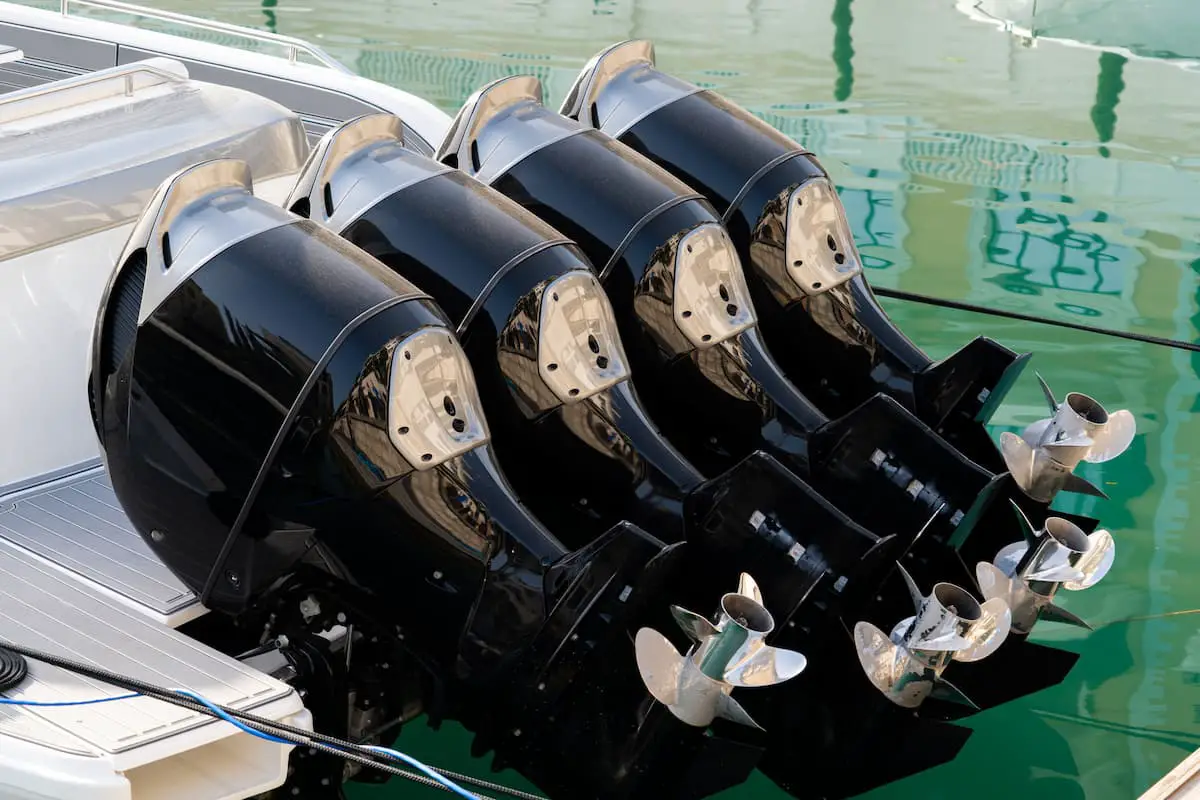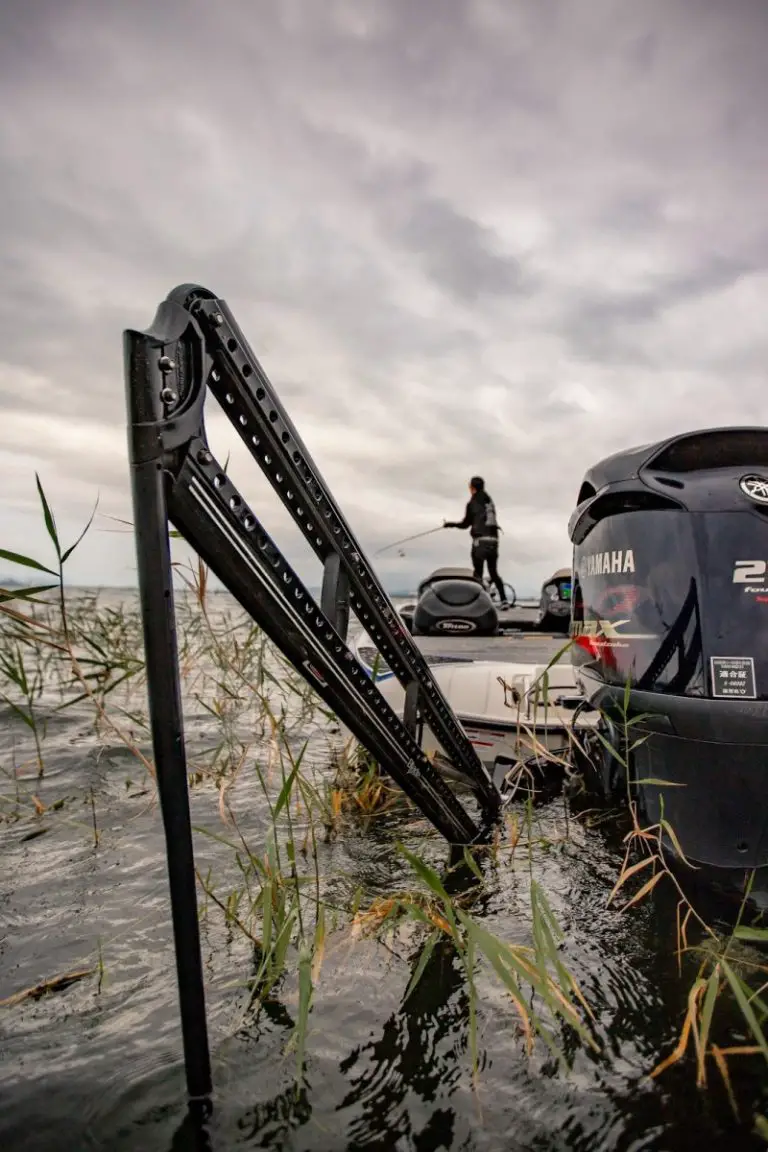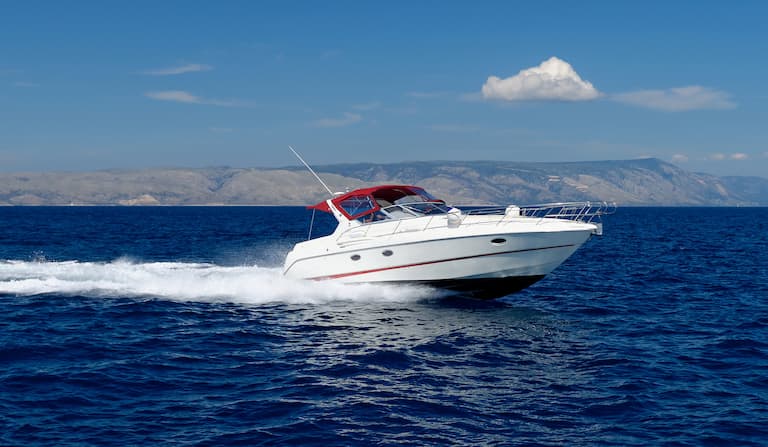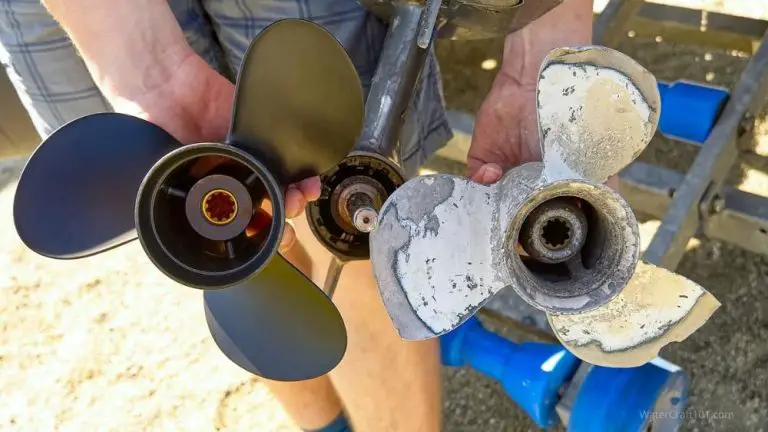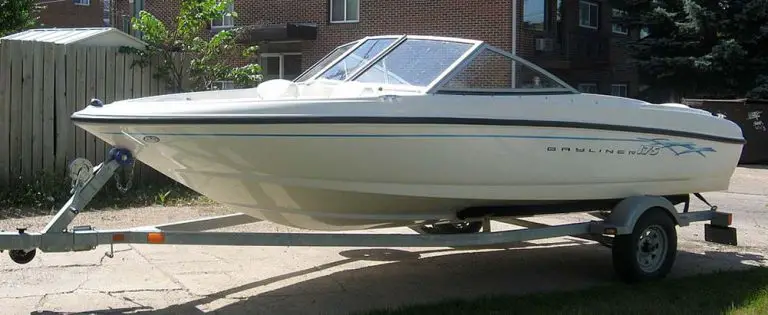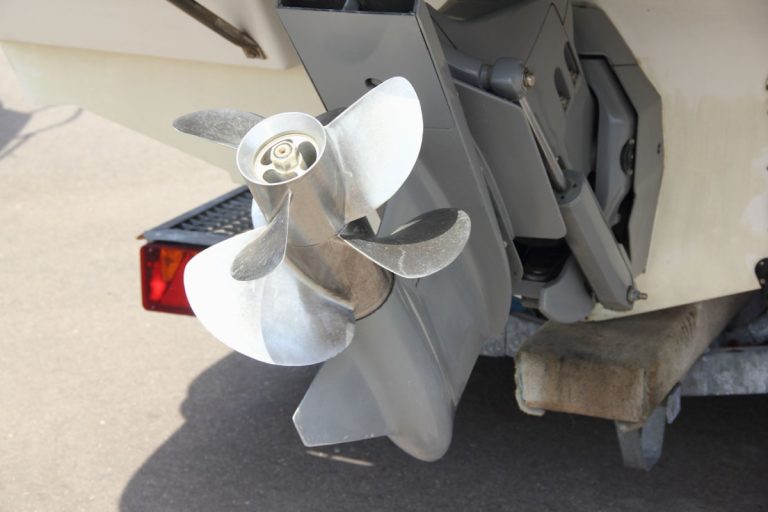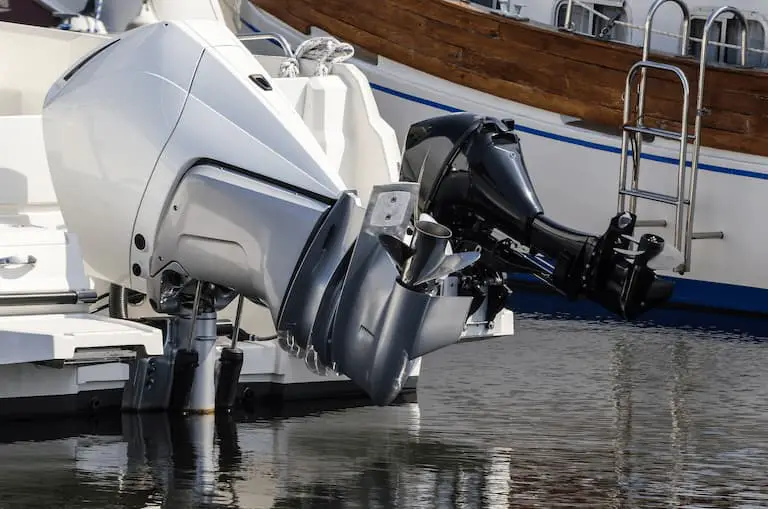Can You Leave an Outboard Motor in Water During Winter? (Explained)
Outboard motors are popular propulsion methods for watercraft. However, unlike inboard motors, outboard motors are positioned and installed outside the boat. This can lead to several maintenance questions, especially those relating to storage.
Although you can leave an outboard motor in water during winter, you should take precautions before doing so to avoid costly damages. Ensure your outboard motor is winterized to prevent frozen parts, corrosive waste, buildup, and broken-down fuels.
The rest of this article will explain a few topics related to this question in great detail, including what happens if you leave an outboard motor in the water during winter, best storage methods, and more.
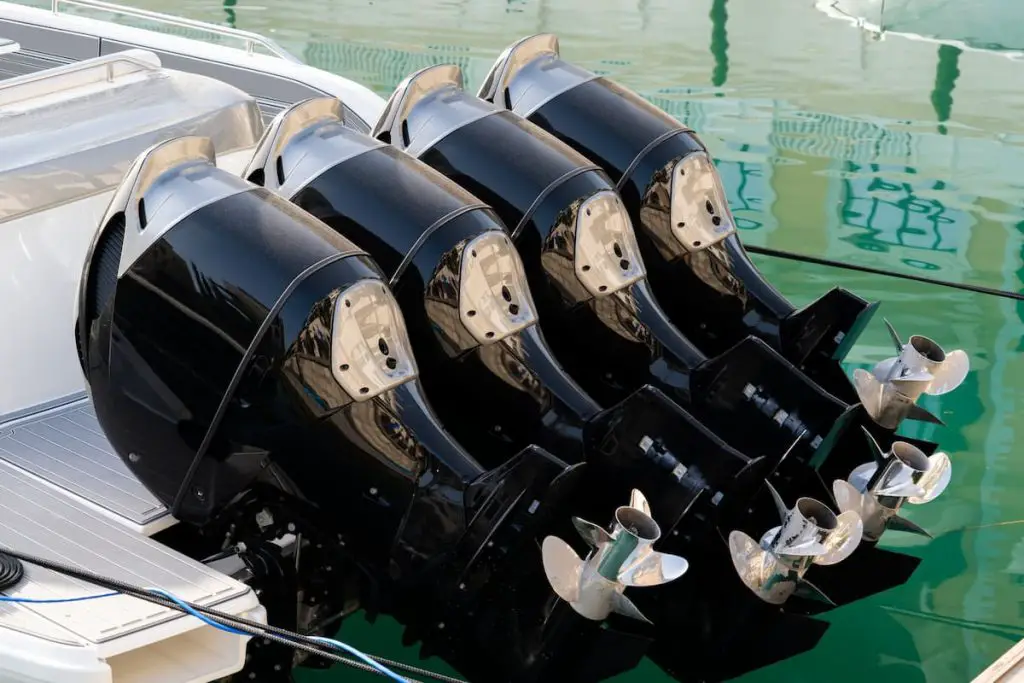
What Happens if You Leave an Outboard Motor in the Water During Winter?
Winter months can be hard on many different recreational toys, primarily outdoor or water recreation items. Winterization is a necessary process to protect your things from potentially costly damages.
If you leave an outboard motor in the water during winter and fail to winterize it, you risk freezing the engine. Freezing can damage an unprotected engine and cause several costly issues like cracked intake hoses or engine blocks.
The potential damages are too significant to gamble with. Plus, winterization is a relatively straightforward process, so there’s no reason to risk the damage caused by freezing.
Of course, whether or not you can leave your boat in the water is highly dependent on your location and climate. But, we’ll dive more into this subject in the next section.
Leaving your boat in the water for an extended time can also lead to growth buildup that tears away at the boat engine’s anodes. Wintertime can add to the risks, especially if your location is more frigid than others.
Dry storage tends to be safer for outboard motors. However, wet storage at your local marina could be a great option, especially if you take the necessary winter precautions.
Again, the climate and location are crucial deciding factors that many boat owners need to consider before making storage decisions. For example, if you’re thinking about wet storage, but you’re in a cold climate, freezing is the most significant issue you’ll need to combat. On the other hand, blisters and growth are more important factors to consider if you’re in warmer weather.
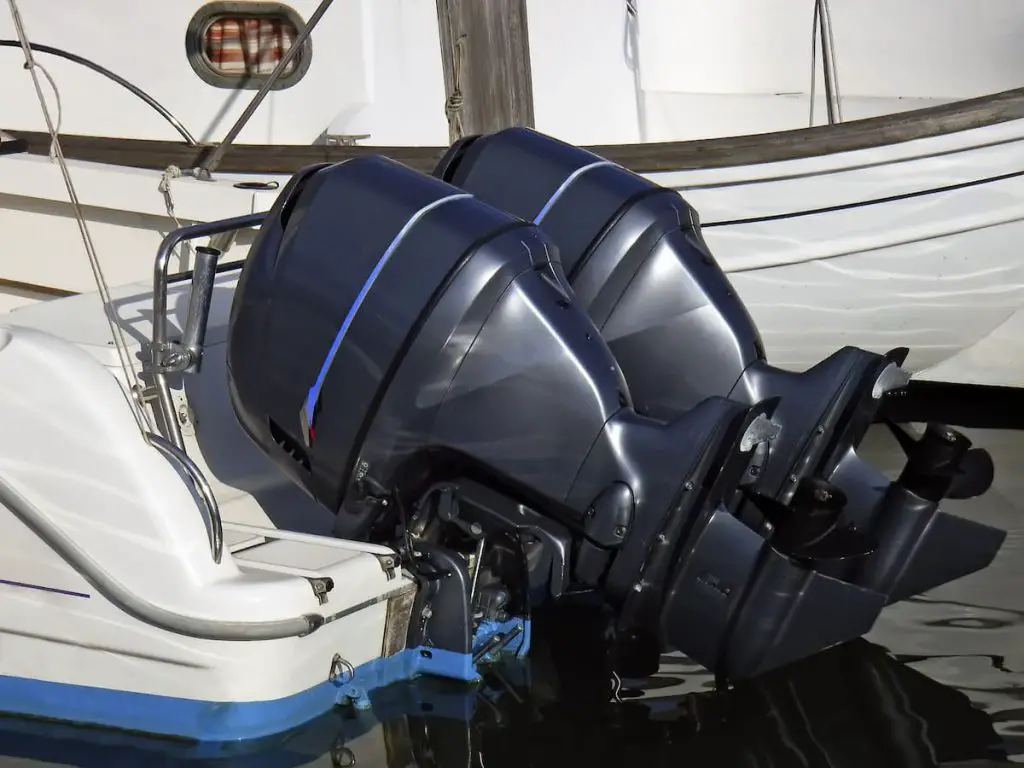
Best Ways To Store an Outboard Motor
Regardless of your climate, there will likely be times when you need to store your outboard motorboat. Proper storage will protect your property from damage and your wallet from costly repairs.
This section will detail some best practices for outboard motor storage but always defer to your owner’s manual for procedures that might be specific to your brand or model.
You’ll need to have the following:
- Fuel conditioner
- Storage fogging oil
- Grease
- Gearbox lubricant
Remember, it’s always best to defer to your manufacturer’s recommendations when in doubt.
A fuel conditioner is imperative for stabilizing the fuel in your engine’s system. It helps protect your engine from clogs that can happen if the fuel breaks down from long months of disuse.
In addition to the fuel conditioner, you’ll need quality fogging oil. This will prevent corrosion from developing in the engine during storage. Follow the instructions for your unique machine, including purchasing the correct fogging oil. Once you have the product:
- Direct the spray into the carburetor and spark plug holes as instructed by the manufacturer. Of course, you can also remove the spark plugs and spray the fogging oil directly in the holes. This additional protective measure will help ensure proper and complete lubrication of the cylinders and rings.
- You also want to empty out and fill up your gearbox with fresh oil and lubricant. This step will prevent condensation from forming in the tank.
- Lastly, you’ll need to decide what position to store your engine and where you’ll be storing it. As I mentioned earlier, not all climates and locations are the same. If you want to do wet storage, this option depends on your area, the type of water you’ll be storing it in, and the general temperature.
Many boat owners prefer to store their outboard motors inside in notably colder climates. This can help reduce the risk of freezing. However, some owners in warmer temperatures still prefer indoor storage to prevent growth buildup.
Check out this article from Extra Space to help you figure out the pros and cons of indoor and outdoor boat storage options.
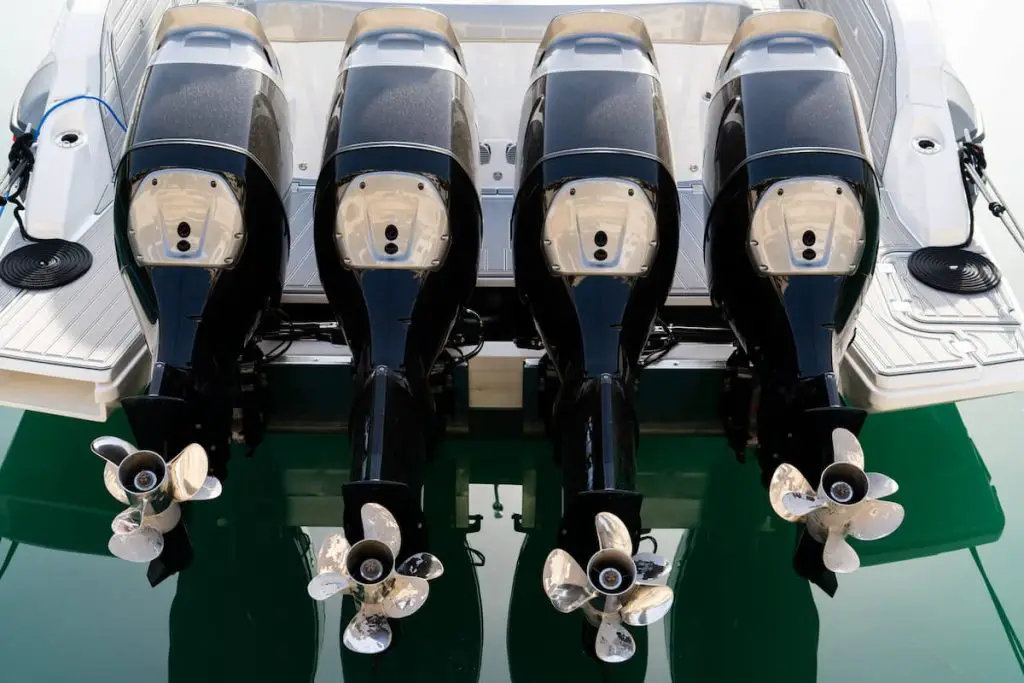
Preparing Your Outboard Motor for Winterization
When you’re getting your outboard motor ready for winterization, it’s essential to follow all recommendations from the manufacturer. In addition to the above items, you’ll also want to consider the following when you’re preparing your outdoor motor for winterization:
- First, you’ll want to drain the crankcase oil – if you have a four-stroke motor. There are often contaminants in the dirty oil. Therefore, if you don’t change the oil, you will increase your chances of corrosion. This leads to a shorter lifespan for the engine and costly repairs in the spring. Four-stroke motors also need you to change the oil filter.
- After you drain the oil, remove the oil filter. This is a relatively simple process that you can do before installing the new filter.
To learn and see more tips on winterizing your outboard motor, check out this YouTube video if you have a four-stroke motor:
Alternatively, watch this YouTube video showing winterization hacks for a two-stroke boat motor:
Conclusion
When Jack Frost starts to creep his way into the climate, it’s time for winterization, a process used by watercraft enthusiasts and other recreationists alike.
Winterization can help protect your boat and outboard motor from issues related to freezing temperatures and long periods of disuse. It’s crucial for you as the boat owner to take care of your outboard motor to ensure it remains in top-notch condition.
The last thing you will want to deal with is expensive damages in the spring if you don’t winterize for the cold months. Follow the above tips to help keep your outboard motor in optimal condition.

